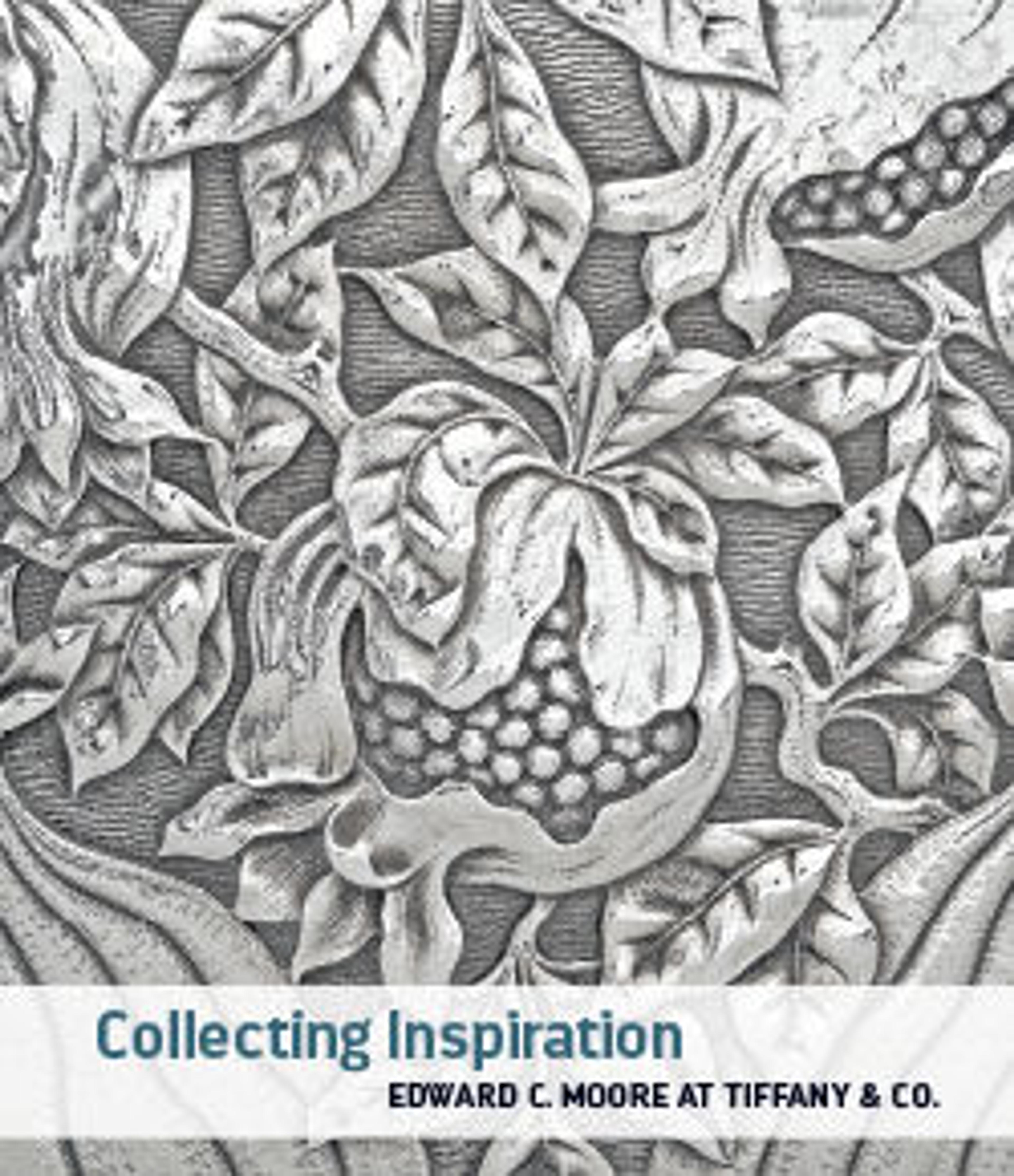Flintlock Gun
This long, dramatically shaped gun is one of only five highly decorated Sinhalese long arms (bondikula thuwakkuwa) known to survive from the seventeenth and eighteenth centuries. Measuring more than seven feet in length it features a bifurcated butt––a characteristic unique to Sinhalese guns, thought to be in use since as early as the sixteenth century––and is distinguished by its remarkable ornamentation. Pierced ivory panels, sensitively carved with scrolling foliate designs (liya vela and liya pata) that emanate from and around two central flowers (sīna-mala), are inset into the stock, which itself is carved with scrolling foliate ornament (liya pata). Silver plates embossed with screwpine flowers (vetakeyiya mala) frame the lock, which is positioned on the left side of the gun, as was standard on Sinhalese firearms of the period. The two-stage barrel, with brass-inlaid transverse bands at its transition, is silver-damascened with an undulating vegetal motif (liya vela).
The weapon is a superlative representative of the long and distinguished tradition of gunmaking in Sri Lanka. European accounts from the late sixteenth through the late seventeenth century enthusiastically attest to the quality of fine firearms made in Ceylon, praising them for both their beauty and their functional excellence. The prominent incorporation of carved ivory, too, speaks to a specialized Sinhalese craft. This material, a principal medium of Sinhalese artisans for centuries, was employed to embellish everything from architectural elements and book covers to knife handles, combs, and fan boxes.
This is the only gun in Moore's collection, and with his bequest it became the first firearm acquired by The Met. The reasons for its appeal to Moore seem obvious, chiefly among them its striking, unusual form. Perhaps not surprisingly, echoes of its design feature in Tiffany's firearms, including the sculptural treatments of the silver pistol grips (acc. nos. 2003.546.1, .2; 2010.482; 2013.903a, .904a) and the application of delicate, finely worked precious materials into these mounts, including carved ivory (acc. no. 2013.904a).
The weapon is a superlative representative of the long and distinguished tradition of gunmaking in Sri Lanka. European accounts from the late sixteenth through the late seventeenth century enthusiastically attest to the quality of fine firearms made in Ceylon, praising them for both their beauty and their functional excellence. The prominent incorporation of carved ivory, too, speaks to a specialized Sinhalese craft. This material, a principal medium of Sinhalese artisans for centuries, was employed to embellish everything from architectural elements and book covers to knife handles, combs, and fan boxes.
This is the only gun in Moore's collection, and with his bequest it became the first firearm acquired by The Met. The reasons for its appeal to Moore seem obvious, chiefly among them its striking, unusual form. Perhaps not surprisingly, echoes of its design feature in Tiffany's firearms, including the sculptural treatments of the silver pistol grips (acc. nos. 2003.546.1, .2; 2010.482; 2013.903a, .904a) and the application of delicate, finely worked precious materials into these mounts, including carved ivory (acc. no. 2013.904a).
Artwork Details
- Title:Flintlock Gun
- Date:17th–18th century
- Culture:Sri Lankan
- Medium:Iron, wood (likely mahogany), silver, brass, ivory
- Dimensions:L. 87 1/4 in. (221.6 cm); L. of barrel 73 3/4 in. (187.3 cm); Cal. .53 in. (13.5 mm); Wt. 11 lb. 2 oz. (5046 g)
- Classification:Firearms
- Credit Line:Edward C. Moore Collection, Bequest of Edward C. Moore, 1891
- Object Number:91.1.907
- Curatorial Department: Arms and Armor
More Artwork
Research Resources
The Met provides unparalleled resources for research and welcomes an international community of students and scholars. The Met's Open Access API is where creators and researchers can connect to the The Met collection. Open Access data and public domain images are available for unrestricted commercial and noncommercial use without permission or fee.
To request images under copyright and other restrictions, please use this Image Request form.
Feedback
We continue to research and examine historical and cultural context for objects in The Met collection. If you have comments or questions about this object record, please contact us using the form below. The Museum looks forward to receiving your comments.
